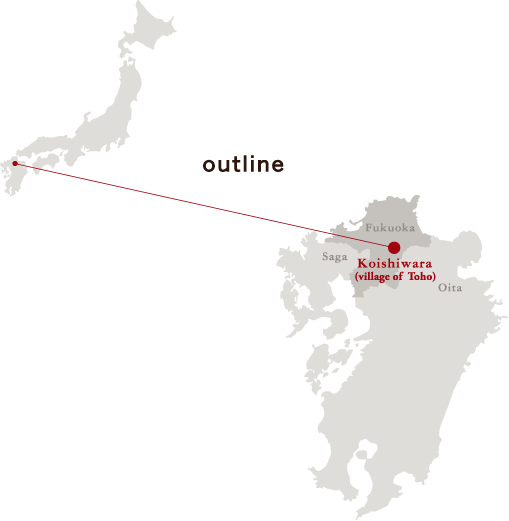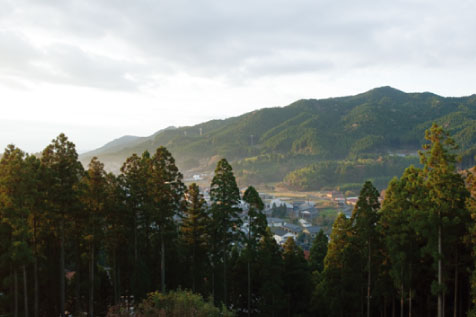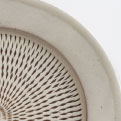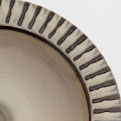

Mingei is a folk craft movement founded by Japanese thinker Muneyoshi YANAGI (1889-1961), practiced during the Taisho and Showa period (circa 1920s thru 30s) in Japan. Its philosophy is to find beauty in utility in the everyday ordinary objects made by anonymous craftsmen. And as with Bauhaus in Germany and the Arts and Crafts Movement in Britain, Mingei discovered handcrafted art of ordinary people made throughout Japan. Koishiwara-yaki was also one of those potteries under the tutelage of YANAGI and fellow Mingei practitioners. In 1954, YANAGI and English potter Bernard LEACH traveled to Koishiwara and were said to be deeply impressed by the delicate craftsmanship of unknown potters and praised their work as the epitome of beauty in utility. And LEACH who spent some time potting in Onta, Sarayama, where Koishiwara potters had first moved in to open, even worked with them during his stay. Since then, Koishiwara Pottery has cherished the spirit of Mingei, and while preserving traditional techniques of Koishiwara-yaki, it never stops pursuing new approach to modern beauty in utility. To start with, kaolin used in Koishiwara-yaki is those from Koishiwara and Sarayama area. Brownish-red akatsuchi is to be used as clay, and silvery-white shirotsuchi is used as slip. The making process follows throwing on wheels, applying slip, and then decorating with traditional techniques like tobikanna, hakeme and kushime. For glazing, the glazes that are made from materials from Koishiwara’s natural resources, such as rice straw ash, wood ash, mixed wood ash, and iron clay are used.

![]()

If Koishiwara-yaki strikes you as something that is familiar and somewhat nostalgic, it’s because of its traditional design techniques called kanna and hakeme. They look as if they come from Scandinavia, or South America even. Or just plain folklore. One of the reasons Koishiwara-yaki has been praised as the epitome of Mingei is because its design and form appeal to people’s primitive emotion universally.

![]()

![]()















